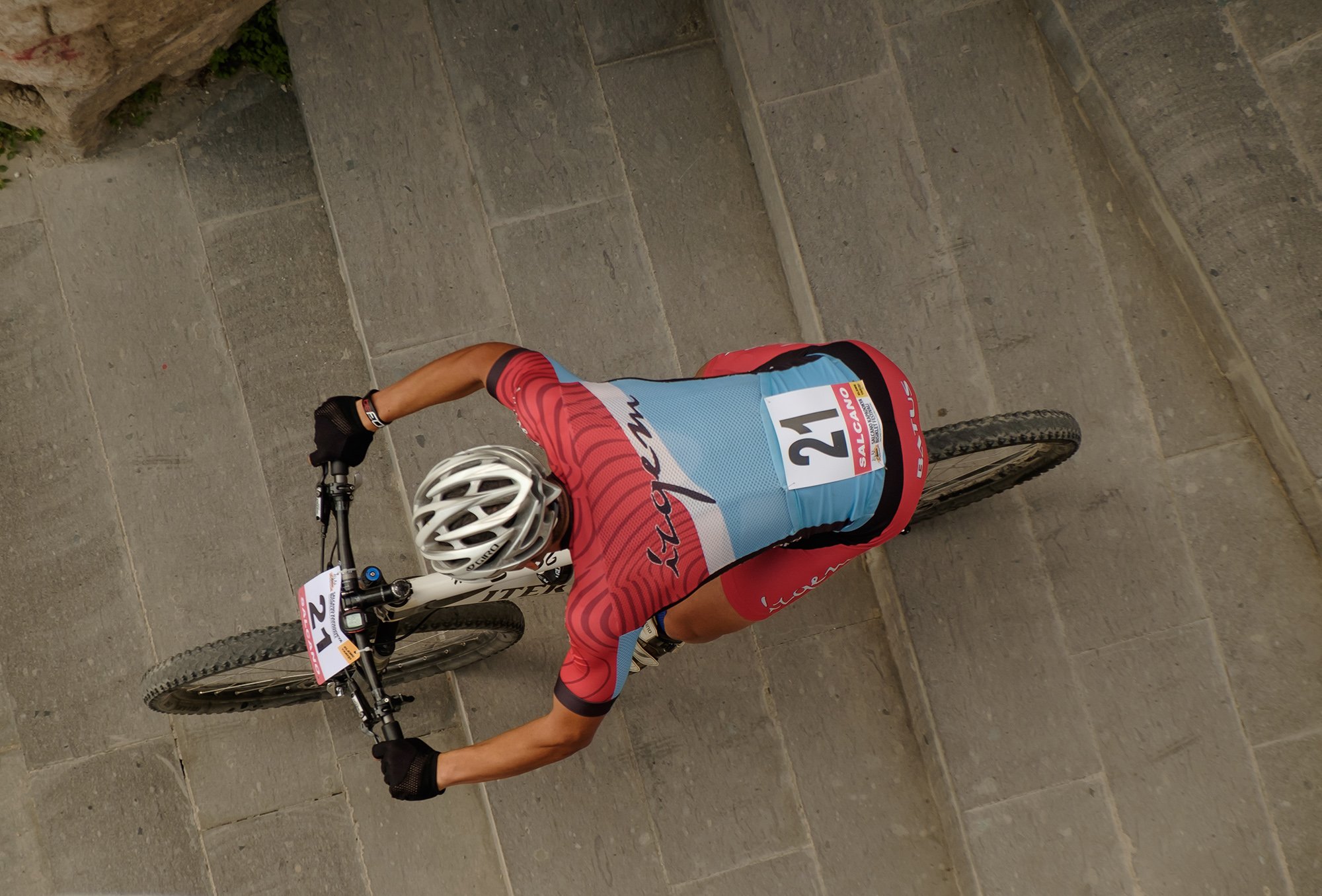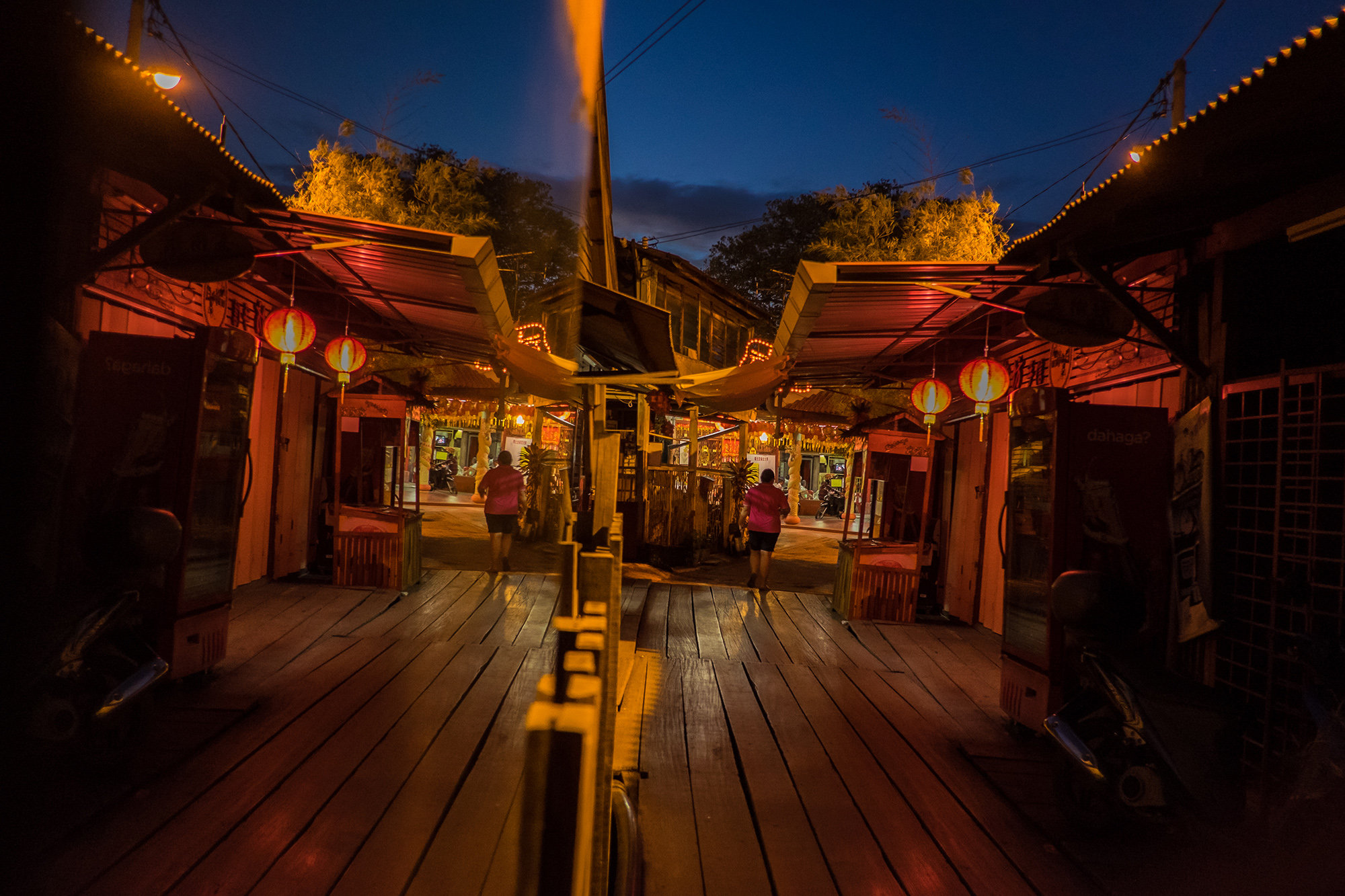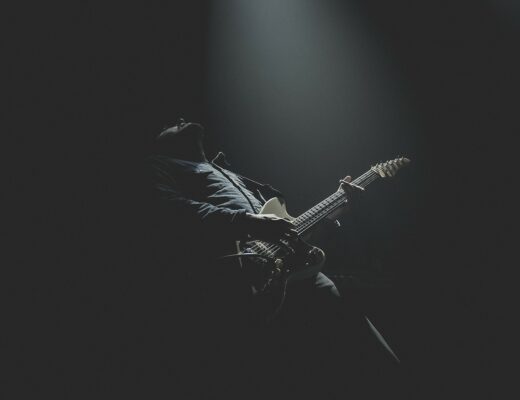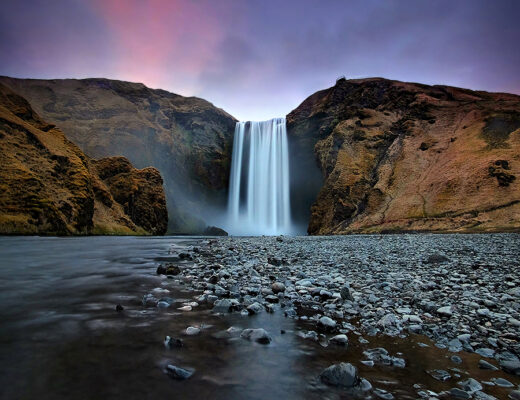There’s no doubting that Fujifilm cameras have an extremely loyal band of followers – but what’s the secret?
Somewhere in suburban Muscat I sat down at a coffee shop, along with another photographer and a few staff from an ultra bike race that I was shooting. It was early March 2019, and as I put my camera on the table the other photographer also laid down his new Sony, which he was using to shoot both stills and video for the race organisation.
With a wry and almost nervous smile he asked; “Ahh Fuji, how are they?” We got into one of those photographer only conversations that bore the heck out of anyone unfortunate enough to be sat at the same table. He was quite surprised that I wasn’t praising the heck out of my hallowed Fuji, and then relaxed a little and continued; “The Fuji shooters, hah, they’re a pretty loyal bunch, and get quite upset when you mention anything negative about the cameras.” The thing is that he was spot on, and although I already knew it his observations really got me thinking about that cult like Fuji adoration that many seem to have. Why are Fuji photographers seemingly so obsessed with their cameras? This is not something that you ever seem to get from those who use Canon, Nikon or Sony, and maybe just a little in a snobbish kind of way from the Leica shooters out there, and yes – of course it does happen with the hipsteresque neo-retro film shooters too.
I’ve been making pictures for a living for 30 years now, and have used most camera brands during that period, choosing my tools to suit the occasion and requirements. Most of my work (until the past few years) was always shot on Canon, right on from film through to recent DSLR’s, and I simply cannot quibble with the cameras and lenses. They really are second to none, and the same goes for Nikon. For my travel and sports work Canon’s have been virtually faultless from a practical and performance point, and their range, their global availability and professional support service have kept me running through many a travelling trauma over the years. Even so, my aging Canon’s are now gathering dust and only come out for certain intense action sports use. It’s my Fuji’s that have been the go to for work for some years now, ever since the X-T1 came around.
Does this mean that the Fuji X cameras are better than the rest? No, or certainly not in my opinion or experience. It’s tough to find a bad camera out there these days, and the differences between brands often comes down specific performance requirements, reliability, and of course brand loyalty. That loyalty is often embedded because we’ve invested a lot of money in a brand and system, plus there’s leaning time spent on getting to know the workings.
For me it was the ideal of a small and compact system that first lured me in to Fuji. It was something that I could carry on travels and by bike without the same burden of the hefty DSLR system that I’d hauled around for 20 years. It was still early days for mirrorless back then, and few professional shooters would take such cameras seriously.
From the original X100 and then on to the X-E1, to say the least I had a lot of reliability and performance issues with those early cameras. Yet still there was a strange kind of magic about them that kept me persevering with the ever evolving X system. Things really came to fruition and viable as a working option for me when I got the X-T1.
Being practical about things I stuck with the Canons for anything that moved fast or which demanded absolute reliability for many years. As the system improved I gradually came to trust the Fuji’s more – and after all it’s my livelihood, if a camera failed at a bike race or on a remote trip I was in big trouble, and that did happen a couple of time with the early Fuji’s.
There’s no doubting that Fuji have done a great job in marketing the cameras in a sublime kind of way. Whether that was the intention from the get go or a natural evolution that they capitalised on I‘m not really sure. Either way they have built a following that other brands are most likely very envious of.
Some tout the great out of camera jpegs and film simulations of the Fuji’s as the key to their success and dedicated following, although having shot on Fuji film for many years before digital I personally don’t see that the emulsions have translated to digital as purely as many like to believe – after all, there is a big difference between film and digital that is tough to replicate accurately. Plus, when working with RAW (which most professional photographers will do) then this really makes little difference; we all have our own processing methods and tastes, and few of us really want to use digital film simulations that look like everyone else’s.
From a performance, practical and backup stand I still think that Canon and Nikon lead the way by a long chalk, and they do have huge resources all around the world. Spare parts and servicing can be found almost anywhere in the world, unlike with Fuji.
Now that the big two are focussing very much on mirrorless they have, in my opinion, become force to be reckoned with in the small package arena, and I’m sure they will make huge strides forward in the next year or so. This focus could see many mirrorless shooters shifting back to them, or more crucially starting out with them.
From that practical point Canon and Nikon make logical sense, especially for professional users. However, after using Fuji’s for so long that “practical” feel they offer would be hard, but not impossible to go back to. There is some lack of emotional and creative connection there – they feel like tools rather than an artists brushes.
As for Sony, they have led on the technical side of things at great speed over the years, and appeal greatly to the ever-growing hybrid shooter market, which I’m sure is their main aim. I am really impressed by their cameras and lenses; it’s when it comes to their menu system and clinical feel that the allure falls apart for me.
This brings things back to the initial question – if Fujifilm isn’t the best or most practical system for me then why am still here? Well, I do have to admit that there is a strange allure, a physical attraction to the look of the product itself, one that still has me hankering after an original X-Pro 1. There’s a kind of classic beauty about the cameras, something that I personally don’t feel with other digital cameras.
However, that visual attraction is something I could just about dismiss if needs be. It’s the tactile hands on feel of the X system that has me hooked. The dials, the aperture rings on the lenses and even the quirks that still do exists; there’s a sense on involvement when using them.
The sensation is a little like driving a classic car, only with modern performance. There’s just something about the way it feels to use the X cameras. I could swear that they have souls and individual personas, which probably also explains why I‘ve never had the urge to pick up an X-H1, as practical as it may be it simply has no appeal to me.
Perhaps there is some kind of weird black magic happening somewhere in there – it probably makes as much sense as anything else.




























